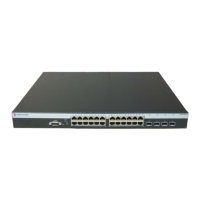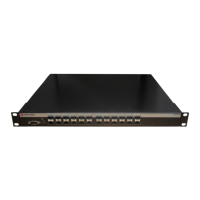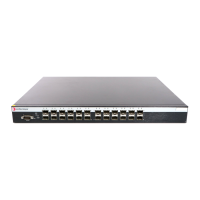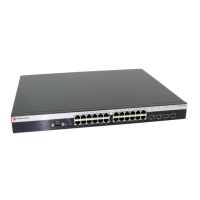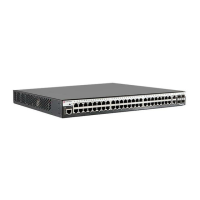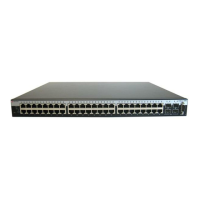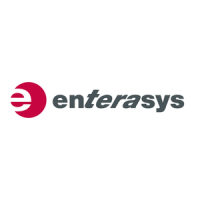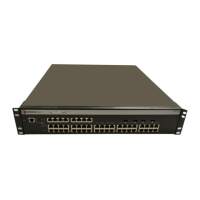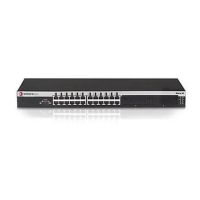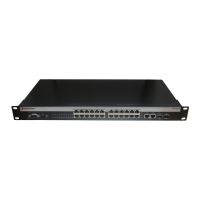DHCPv6 Configuration
25-14 Configuring and Managing IPv6
DHCPv6 Configuration
DHCP is generally used between clients (for example, hosts) and servers (for example, routers) for
the purpose of assigning IP addresses, gateways, and other networking definitions such as DNS,
NTP, and/or SIP parameters. However, IPv6 natively provides for auto-configuration of IP
addresses through the IPv6 Neighbor Discovery Protocol (NDP) and the use of Router
Advertisement messages. Thus, the role of DHCPv6 within the network is different from DHCPv4
in that it is less relied upon for IP address assignment.
DHCPv6 server and client interactions are described by RFC 3315. There are many similarities
between DHCPv6 and DHCPv4 interactions and options, but the messages and option definitions
are sufficiently different. There is no migration or inter-operability from DHCPv4 to DHCPv6.
DHCPv6 incorporates the notion of the stateless server, where DHCPv6 is not used for IP address
assignment to a client. Instead, it only provides other networking information such as DNS, NTP,
and/or SIP information. The stateless server behavior is described by RFC 3736, which simply
contains descriptions of the portions of RFC 3315 that are necessary for stateless server behavior.
In order for a router to drive a DHCPv6 client to utilize stateless DHCPv6, the “other stateful
configuration” option must be configured for neighbor discovery on the corresponding IPv6
router interface. This in turn causes DHCPv6 clients to send the DHCPv6 “Information Request”
message in response. A DHCPv6 server then responds by providing only networking definitions
such as DNS domain name and server definitions, NTP server definitions, and/or SIP definitions.
RFC 3315 also describes DHCPv6 Relay Agent interactions, which are very much like DHCPv4
Relay Agent. RFC 3046 describes the DHCPv6 Relay Agent Information Option, which employs
very similar capabilities as those described by DHCPv4 Relay Agent Option in RFC 2132.
With the larger address space inherent to IPv6, addresses within a network can be allocated more
effectively in a hierarchical fashion. DHCPv6 introduces the notion of “prefix delegation” as
described in RFC 3633 as a way for routers to centralize and delegate IP address assignment.
The Fixed Switches allow you to configure an interface on the switch as either a DHCPv6 server or
a DHCPv6 relay agent, but not both.
DHCPv6 Relay Agent Configuration
The DHCPv6 relay application provides a means for relaying DHCPv6 requests between a subnet
to which no DHCP server is connected to other subnets on which servers are attached. The
application allows the definition of servers on a per interface basis.
The DHCP Solicit message is a multicast message to the all DHCP server address (ff02::1:2). The all
DHCP server address only crosses network segments when explicitly routed. If your network has
multiple segments, you must configure a DHCP relay agent on the router interface for each
segment, so that all DHCP solicit messages can be forwarded to your DHCP server.
In global router configuration mode, you can configure two options:
• The DHCPv6 Relay Agent Information Option allows for various sub-options to be attached
to messages that are being relayed by the local router to a relay server. The relay server may in
turn use this information in determining an address to assign to a DHCPv6 client. Refer to
RFC 3046 for more information.
• The DHCPv6 Relay Agent Remote-ID sub-option may be added by DHCP relay agents which
terminate switched or permanent circuits and have mechanisms to identify the remote host
end of the circuit. Refer to RFC 3046 for more information.
Use the ipv6 dhcp relay command at router interface configuration mode to configure an interface
as a DHCPv6 relay agent. You can specify the IPv6 address of the DHCPv6 server as a global
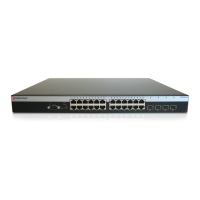
